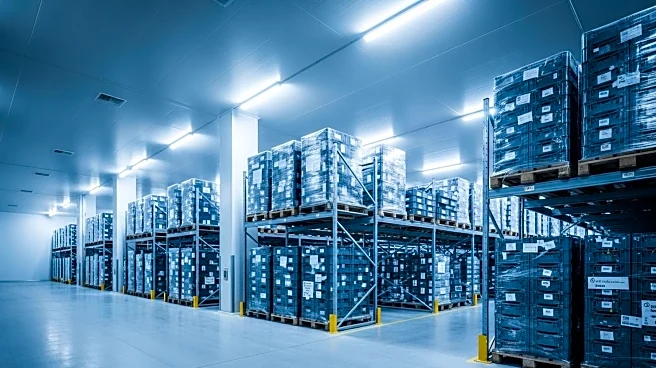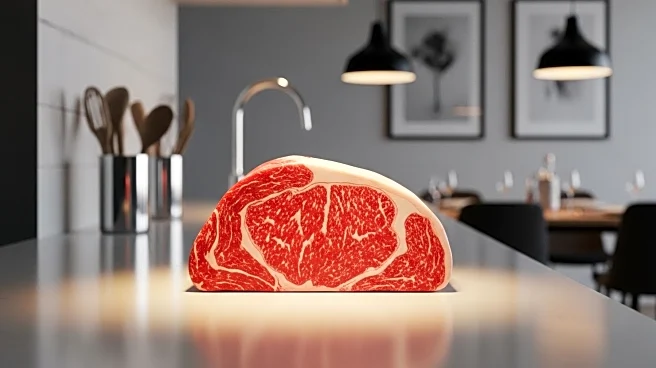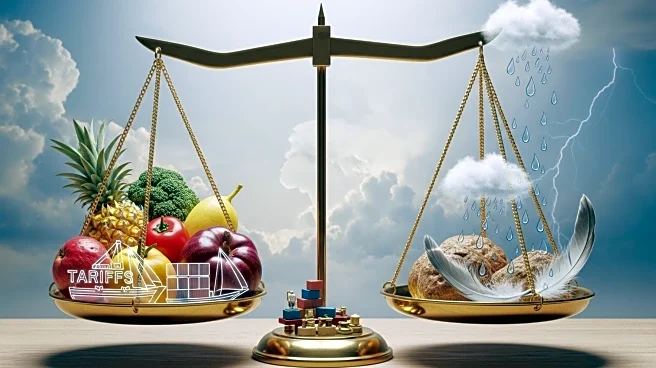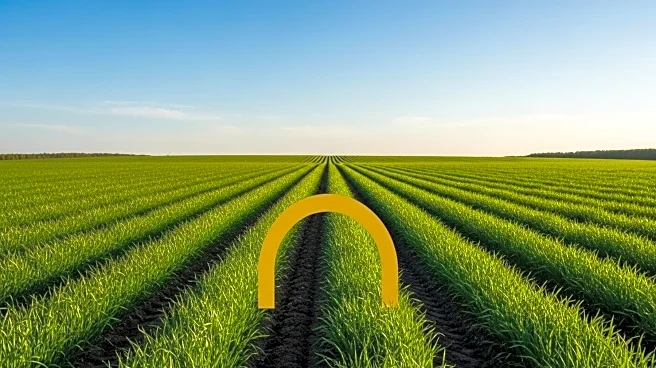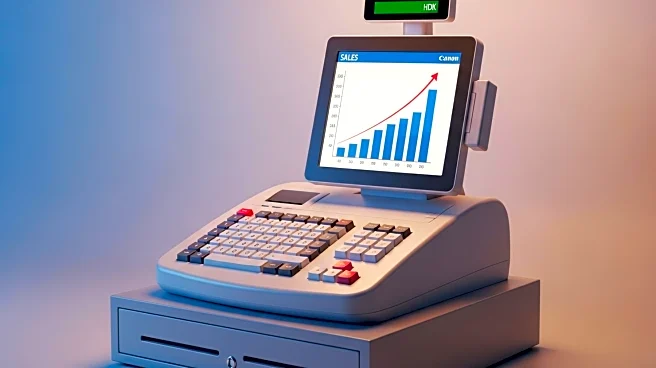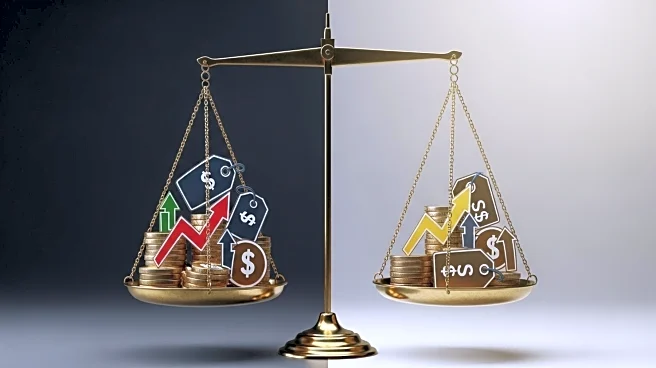What's Happening?
Beef prices in the United States have reached unprecedented levels, driven by a significant reduction in the cattle herd and persistent demand for beef products. The U.S. Department of Agriculture reports that the beef cattle herd is the smallest in 75 years, partly due to drought conditions affecting feed availability. Despite the high prices, American consumers have continued to purchase beef, although recent data suggests a shift as shoppers begin to resist the rising costs. Restaurants and grocery stores have increased prices, and some consumers are reconsidering their beef consumption habits.
Why It's Important?
The surge in beef prices has broad implications for the food industry and consumer spending. Higher beef costs affect restaurant pricing and grocery budgets, potentially leading to changes in consumer behavior and dietary choices. The situation highlights the vulnerability of agricultural supply chains to environmental factors and economic pressures. As beef remains a staple in American diets, the price increases could drive demand for alternative proteins and impact the profitability of businesses reliant on beef sales.
What's Next?
The beef industry may face continued challenges as ranchers struggle with high operational costs and slow herd replenishment. Consumers might increasingly turn to alternative proteins, prompting shifts in market dynamics. The industry could explore strategies to stabilize supply and manage costs, while policymakers might consider measures to support ranchers and address environmental impacts.



